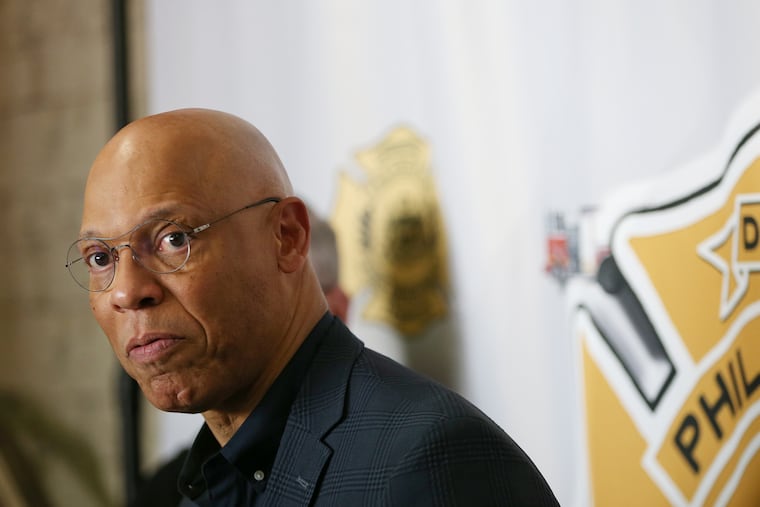Most Philly kids off track on reading; school board grills Hite
By 2026, 62% of third graders should be reading on grade level; based on standardized tests administered this fall, the district is off track, with 35% of children meeting standards.

By 2026, 62% of third graders should be reading on grade level; based on standardized tests administered this fall, the district is off track, with 35% of children meeting standards.
